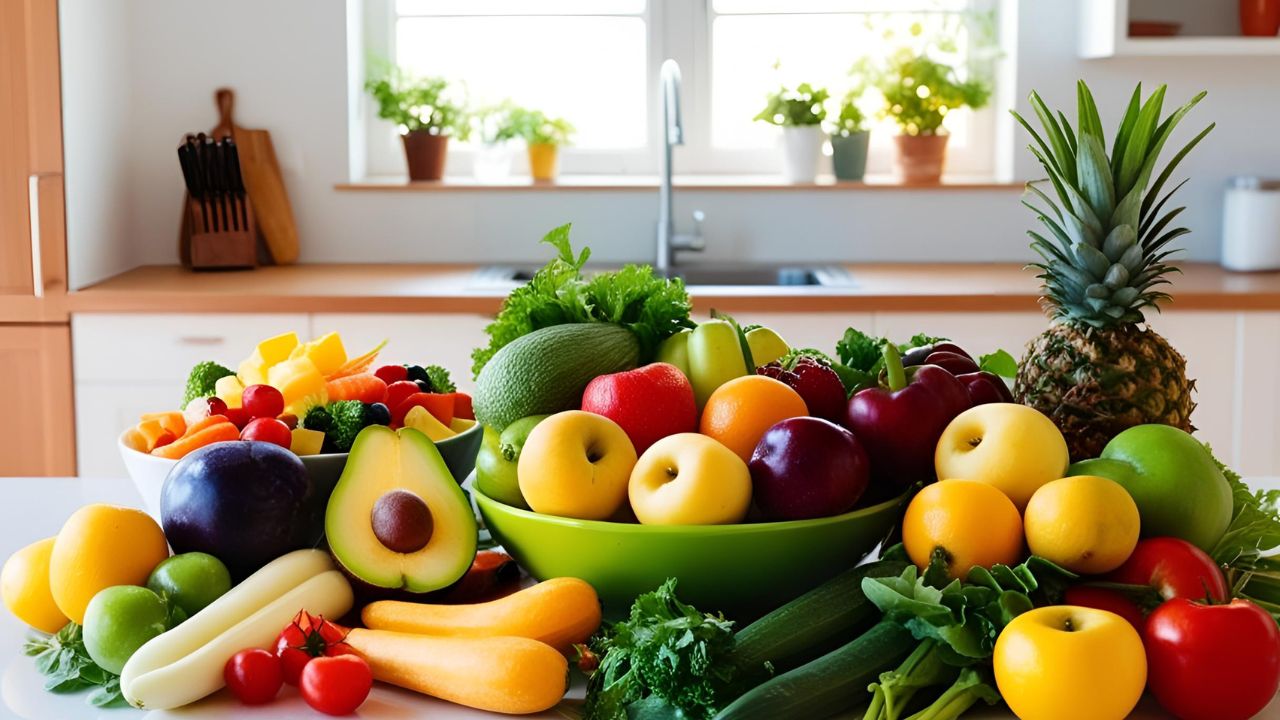SL healthy food
Here are some practical tips for incorporating healthy eating habits into your daily life
1. Focus on Whole Foods
- Prioritize whole, unprocessed foods like fruits, vegetables, whole grains, lean proteins, nuts, and seeds.
- Avoid highly processed foods with added sugars, unhealthy fats, and artificial ingredients.
2. Eat More Fruits and Vegetables
- Aim to fill half your plate with fruits and vegetables at every meal.
- Choose a variety of colors to ensure you get a wide range of nutrients.
3. Choose Healthy Proteins
- Opt for lean protein sources like chicken, turkey, fish, beans, lentils, tofu, and low-fat dairy.
- Include fatty fish (e.g., salmon, mackerel) for omega-3 fatty acids.
4. Incorporate Whole Grains
- Replace refined grains (e.g., white bread, white rice) with whole grains like quinoa, brown rice, oats, and whole-wheat products.
- Whole grains are richer in fiber and nutrients.
5. Limit Added Sugars
- Avoid sugary drinks like soda, energy drinks, and sweetened teas.
- Check food labels for hidden sugars in sauces, cereals, and packaged snacks.
6. Choose Healthy Fats
- Include sources of healthy fats like avocados, nuts, seeds, olive oil, and fatty fish.
- Limit saturated and trans fats found in fried foods, processed snacks, and baked goods.
7. Stay Hydrated
- Drink plenty of water throughout the day.
- Limit sugary drinks and excessive caffeine.
8. Control Portion Sizes
- Be mindful of portion sizes to avoid overeating.
- Use smaller plates and bowls to help manage portions.
9. Cook at Home
- Preparing meals at home allows you to control ingredients and avoid unhealthy additives.
- Experiment with herbs and spices instead of salt for flavor.
10. Plan Your Meals
- Plan meals and snacks ahead of time to avoid unhealthy last-minute choices.
- Keep healthy snacks like nuts, fruit, or yogurt on hand.
11. Read Food Labels
- Check nutrition labels for serving sizes, calories, and nutrient content.
- Avoid products with long ingredient lists full of unrecognizable items.
12. Limit Sodium Intake
- Reduce salt by cooking at home and using herbs, spices, and citrus for flavor.
- Avoid processed and packaged foods, which are often high in sodium.
13. Practice Mindful Eating
- Eat slowly and savor each bite to improve digestion and prevent overeating.
- Avoid distractions like TV or phones while eating.
14. Don’t Skip Breakfast
- Start your day with a balanced breakfast that includes protein, healthy fats, and fiber.
- Examples: oatmeal with nuts and fruit, or eggs with whole-grain toast.
15. Moderation, Not Deprivation
- Enjoy treats in moderation rather than cutting out your favorite foods entirely.
- Balance indulgent meals with healthier choices throughout the day.
16. Include Probiotics and Prebiotics
- Support gut health with probiotic-rich foods like yogurt, kefir, sauerkraut, and kimchi.
- Add prebiotic foods like garlic, onions, bananas, and asparagus.
17. Limit Alcohol
- If you drink alcohol, do so in moderation (e.g., one drink per day for women, two for men).
- Choose lower-calorie options like wine or light beer.
18. Be Consistent
- Healthy eating is a long-term commitment, not a short-term fix.
-
Small, sustainable changes are more effective than drastic diets.
Share this content:





1 comment